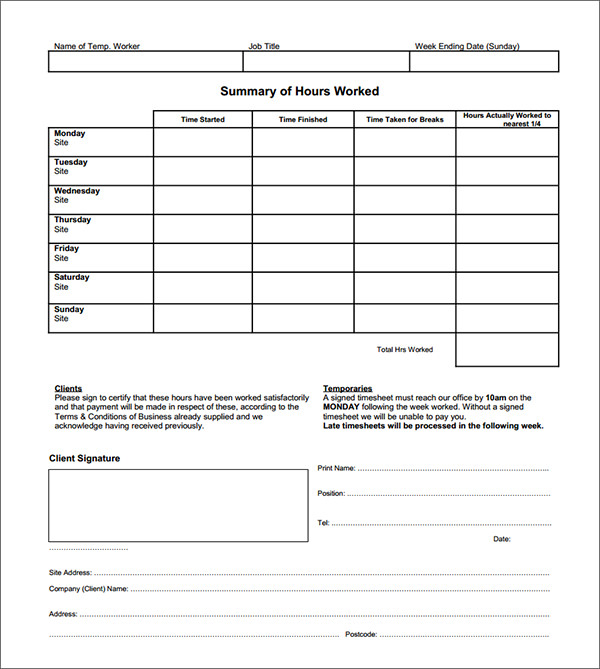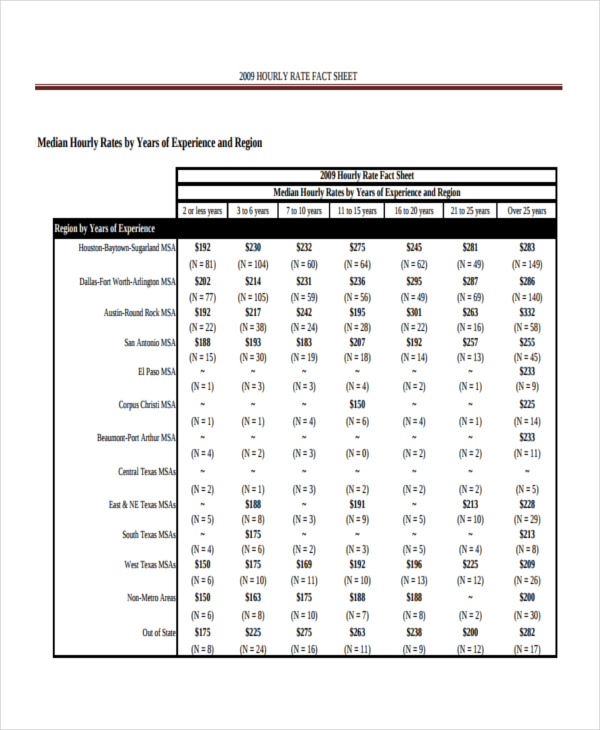

Example of How to Calculate Labor Productivity Conversely, if labor productivity is decreasing, it means that employees are becoming less efficient. If labor productivity is increasing, it means that employees are becoming more efficient and the business is getting more output for each hour of labor. This means that for every hour of labor, $25 worth of goods is produced.īy tracking labor productivity over time, a business can measure how efficiently its employees are working. Using the above example, if the output (revenue) is $10,000 and the total labor hours are 400, the labor productivity would be $10,000 / 400 hours = $25/hour. Calculate Labor Productivity: Divide the output by the labor hours to get labor productivity.

If you had 10 employees who each worked 40 hours in a week, the total labor hours for that week would be 400 hours. Determine Labor Hours: Labor hours is the total number of hours worked by employees during a given period.For example, if a factory produced 1000 widgets in a given period and each widget is sold for $10, the total output would be $10,000. Determine Output: Output is typically measured in terms of revenue, but it can also be measured in terms of the number of units produced.Here’s how to use this formula step-by-step: Labor Productivity = Output / Labor Hours Here’s the basic formula to calculate labor productivity: Higher labor productivity indicates that fewer labor hours are needed to produce a given amount of output. It is defined as the ratio of output to labor hours. Labor productivity is a measure of economic performance that compares the amount of goods and services produced (output) with the number of labor hours used in producing these goods and services.


 0 kommentar(er)
0 kommentar(er)
